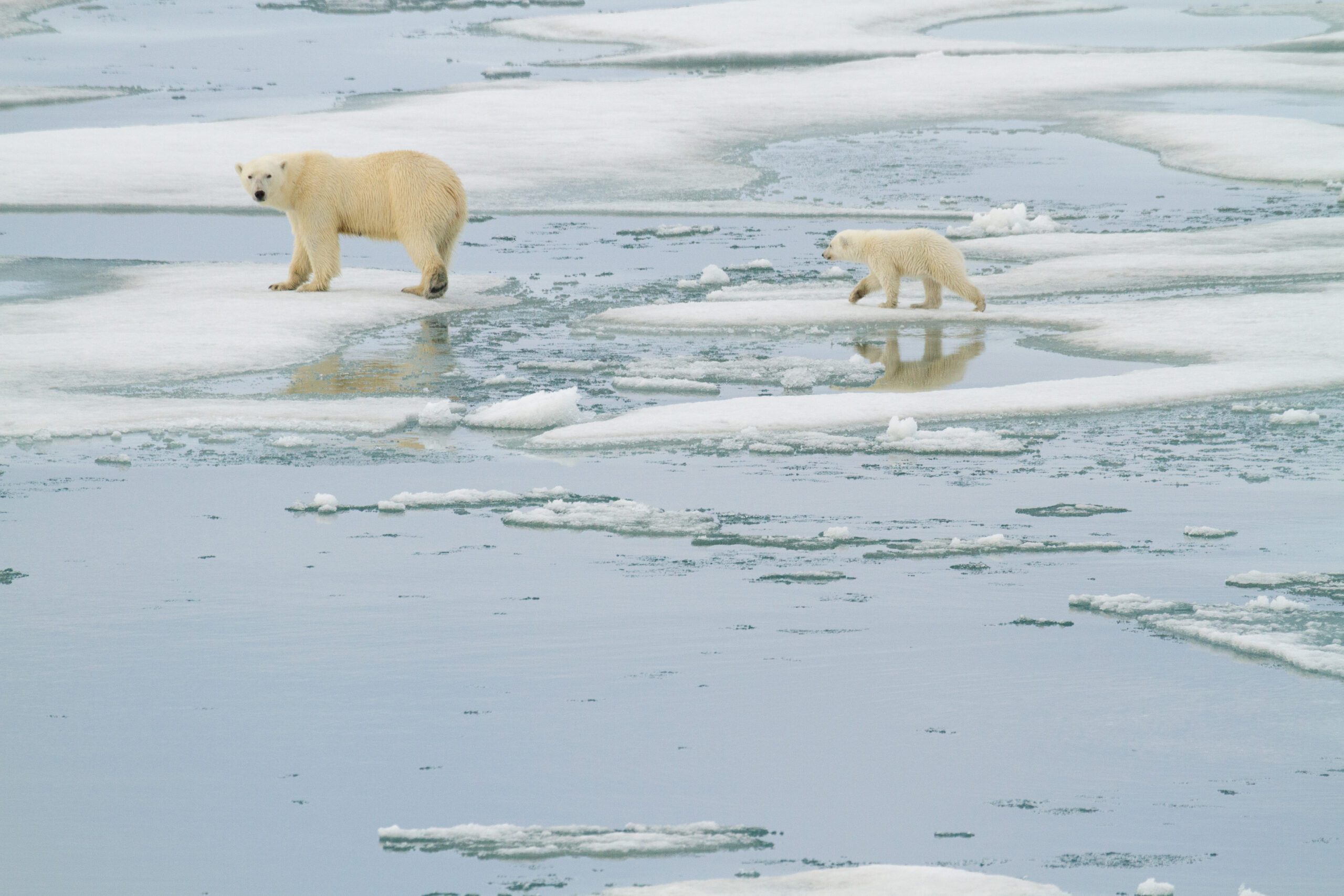Funding
Polar bear fieldwork is often a financially challenging undertaking, even though most researchers are willing to live on a stone if that’s what it takes to be able to afford Arctic conservation projects. However, the unavoidable cost of transporting people and equipment in these remote regions can quickly max out any budget – especially when it comes to helicopters, which are essential to many projects. The high costs are true for any in-field polar bear researcher, including those working at and with Polar Bears International on our many projects around the circumpolar Arctic. Outside funding is essential to our ability to collect the data on wild polar bears that allows managers and policy makers to make science-based decisions on how to best protect these amazing animals.
Seneca Park Zoo has supported Polar Bears International’s maternal den study in Svalbard over multiple years as one of our generous sponsors. This study uses solar-powered trail cams to study polar bear moms and cubs non-invasively during this sensitive time in their life cycle. Our team arrives in late winter to set up the cameras on snowy mountain slopes in Svalbard, just ahead of the emergence of moms and cubs. The findings will help managers and policymakers establish the best possible guidelines to protect denning families. It will also help scientists understand the impact of climate warming on the survival rates of denning cubs and provide insights into the den-selection process.
“Zoo bears are perfect candidates to help with polar bear research because they already participate in many health-care behaviors voluntarily and seem to find those experiences enriching,” says Amy Cutting, Vice President of Conservation at Polar Bears International. “In addition to inspiring guests to take action on behalf of polar bears, zoos are helping conservationists find ways to save a species facing very serious threats to its survival. I am really proud of how the zoo community has come together over the last decade to make significant contributions to polar bear conservation science – and the Seneca Park Zoo has played an important role in that effort.”
The Polar bear is a species that is primarily known for its habitat in the Arctic regions. These bears are known for their unique white fur which helps them blend into their arctic environment. Though they are considered incredibly strong animals, polar bears are classified as a vulnerable species due to their population’s rapid decline recently.
There is some good news, however. Zoos around the globe are taking an active role in polar bear conservation research in the wild. Here is how.
Zoo’s polar bear research programs are aimed at addressing the challenges that wild polar bears face. These programs focus on studying polar bear behavior, habitat use, and diet. Some zoos have conservation programs that provide essential funding for satellite collars to study polar bears in the wild via GPS tracking.
Through polar bear research, zoos can help researchers learn more about polar bear behavior in the wild, and with this information, it becomes possible to create effective conservation strategies. For example, such research can help identify vital habitat areas that need conservation efforts to protect polar bears’ survival.
Additionally, this research provides insights into potential solutions to global warming’s impact, including how ice retreats and provisions available to polar bears changes. As a result of these findings, zoo programs can engage communities to take necessary actions that can help mitigate climate change’s effects.
Zoos also provide a form of public education that is critical in raising awareness about polar bear conservation. Through educational facilities, zoos educate visitors about the ecological importance of polar bears, how climate change affects them, and how people can help protect them.
Apart from educating visitors, zoos’ research programs also serve as critical platforms for educating students through scientific findings and available experiences. This education not only focuses on polar bears but also provides a broad spectrum of ecological knowledge to students.
In conclusion, polar bears are an integral part of the Arctic environment, and their future is critical for the ecosystem’s long-term survival. Zoos are committed to preserving that future through supporting polar bear conservation research in the wild. This research not only provides essential knowledge about polar bear behavior, habitat use, and diet, but also serves as a platform for educating students and the public on the importance of ecosystems and conservation of nature.
It is still possible to save polar bears if everyone puts their effort into it; zoos and research programs have become an integral part of the solution. Their work with polar bears will continue to provide invaluable insights into ways of mitigating the effects of climate change and conserving biodiversity globally, which gives hope for the future of this iconic animal.


